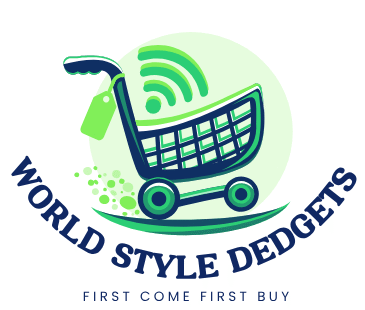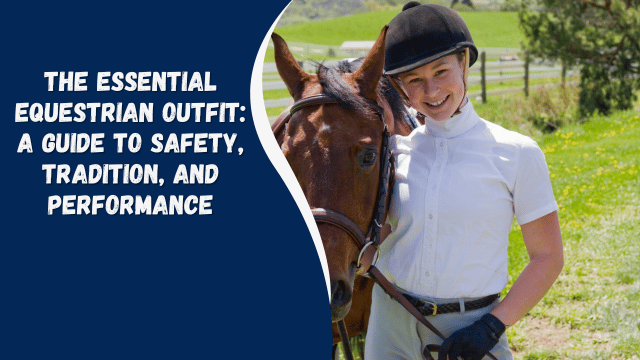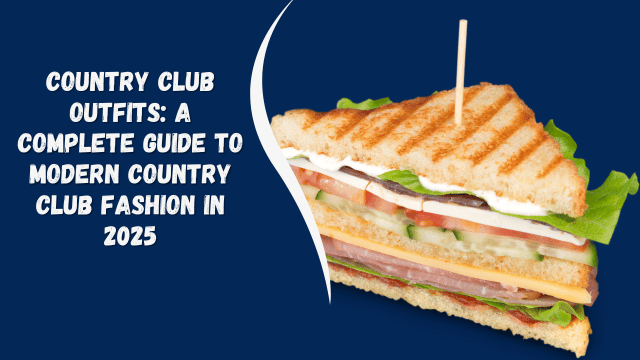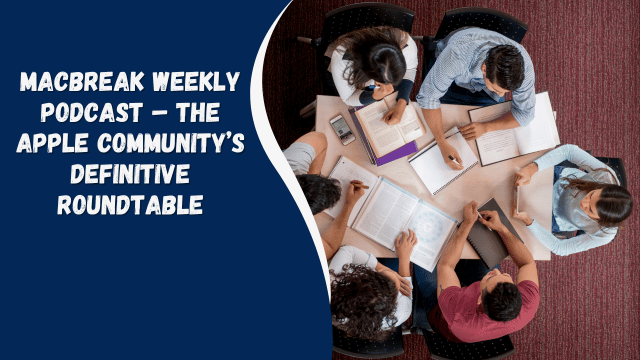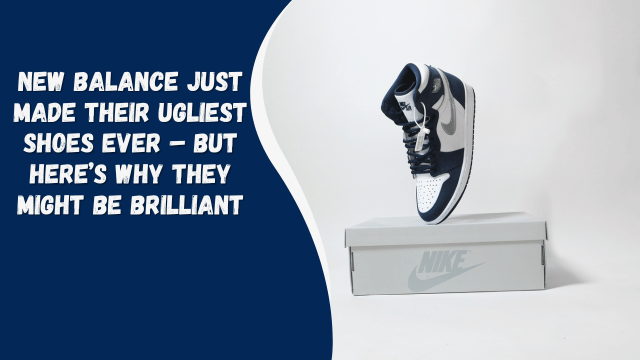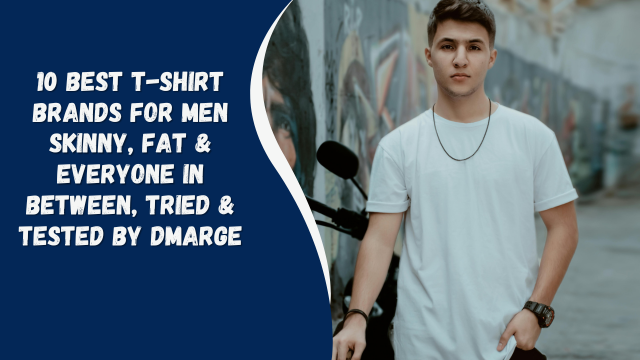Meta Description: Discover the ultimate guide to the perfect equestrian outfit. Learn about discipline-specific attire, essential safety gear like ASTM/SEI helmets, and how to choose boots, breeches, and show clothes for English & Western riding.
The Essential Equestrian Outfit: A Guide to Safety, Tradition, and Performance
The bond between horse and rider is one of the most profound partnerships in the world of sport and leisure. It is a dialogue of subtle cues, balance, and mutual trust. And just as a ballerina’s pointe shoes or a surgeon’s scrubs are integral to their craft, the equestrian outfit is far more than mere clothing; it is a critical interface between human and horse, a vital layer of safety equipment, and a respectful nod to a deep well of tradition. Choosing the right attire is not about fashion—it’s about function, safety, and respect for the discipline.
Whether you’re a beginner taking your first lesson in a dusty arena or a seasoned competitor entering the hallowed grounds of a Grand Prix jumper ring, your outfit speaks volumes. It tells your instructor you’re serious about learning correctly. It assures the judges you understand the decorum of the sport. Most importantly, it provides the protection necessary to participate in an activity with inherent risks.
This comprehensive guide will demystify the components of both English and Western riding attire, from the foundational basics to the nuanced details of high-level competition wear. We will explore the “why” behind each piece, ensuring you can invest in gear that offers the perfect blend of safety, comfort, and style.
The Uncompromising Priority: Safety Equipment
Before discussing style or discipline, every rider’s primary concern must be safety. The right outfit can prevent injury and, in some cases, save your life.
The Helmet: Your Most Important Piece of Gear
The riding helmet is non-negotiable. Modern equestrian helmets are engineering marvels designed to absorb impact and protect your skull in the event of a fall.
-
Certification is Key: Always look for a helmet certified by the ASTM/SEI (American Society for Testing and Materials/Safety Equipment Institute). This seal guarantees it has passed rigorous safety tests. Many countries have their own standards (like Kitemark in the UK or VG1 in Germany), but ASTM/SEI is a globally recognized benchmark.
-
Fit is Everything: A helmet must be snug but not painful. It should sit level on your head (not tilted back) and cover your forehead. The harness and buckle must be securely fastened. Pro Tip: Your helmet should not move if you shake your head vigorously.
-
Replace After a Fall: Any helmet involved in a significant impact must be replaced immediately, even if no damage is visible. The protective foam inside compresses to absorb the shock and will not perform as effectively a second time.
The Vest: An Extra Layer of Protection
While not always mandatory outside of specific eventing cross-country phases, safety vests (or body protectors) are increasingly common, especially for juniors, cross-country riders, and those working with young or unpredictable horses.
-
They are designed to protect your torso from hoof kicks and to reduce the impact of a fall on your vital organs and ribs.
-
Look for vests certified to the latest BETA (British Equestrian Trade Association) standard.
The Foundation of the Equestrian Outfit: Breeches, Jeans, and Base Layers
What you wear on your legs is fundamental to your comfort and effectiveness in the saddle. The design is dictated by the need for grip, flexibility, and chafe-free movement.
English Riding: Breeches and Jodhpurs
English saddles have a close contact design, requiring attire that allows for subtle leg aids and maximum feel.
-
Breeches: These are pants that end mid-calf, designed to be worn with tall boots. The most important feature is the grip, typically made of silicone or suede-like material (called “full-seat” or “knee-patch”) on the inner leg and knee. This prevents your leg from sliding around in the saddle.
-
Knee-Patch: Grip material on the inside of the knee area. Ideal for general riding, dressage, and jumping.
-
Full-Seat: Grip material extends from the knee, along the inner thigh, and across the seat. Offers maximum security, favored by dressage riders and eventers.
-
-
Jodhpurs: These are full-length pants that zip or elasticate at the ankle, designed to be worn with short paddock boots and garter straps (leather straps that hook onto the boot to keep the jodhpur leg in place). Common among children and riders in the show ring for certain disciplines.
Western Riding: Denim and Western-Cut Jeans
Western saddles are larger and provide more security, so the required grip is different.
-
Riders wear durable, denim jeans or specific western-cut riding jeans.
-
The key difference from regular jeans is the seamless inner leg or a flat, smooth seam. A bulky inner seam would rub against the saddle and the rider’s leg for hours, causing significant discomfort.
-
They are made from stretchy denim or other flexible fabrics to allow for freedom of movement.
Footwear: Boots Designed for Purpose
Riding boots are specialized for a reason. They protect your foot, provide a defined heel to prevent it from slipping through the stirrup, and offer a specific sole designed for safety.
English Boots
-
Tall Boots: These are the classic field boot or dress boot seen in the show ring. They extend to just below the knee and are made of leather or modern synthetic materials. They offer superior leg support and a polished look.
-
Paddock Boots: Ankle-height boots, often with a zip or laces. These are the workhorses of the barn. They are perfect for everyday riding, lessons, and barn chores. Worn with half-chaps (see below), they mimic the function and look of a tall boot.
Western Boots
-
Instantly recognizable by their iconic slanted heel (typically 1-2 inches high), pointed toe (for easy entry into the stirrup), and decorative stitching.
-
The smooth leather sole is also intentional: it allows the boot to easily release from the stirrup in an emergency, a critical safety feature. The underslung heel prevents the foot from sliding all the way through the stirrup.
The Essential Accessory: Half-Chaps
For English riders, half-chaps are a game-changer. These are leather or suede sleeves that zip around the calf and over your paddock boots. They provide the grip and protection of a tall boot at a fraction of the cost and are essential for any rider not yet in tall boots.
Topwear and Outerwear: From Functional to Formal
What you wear on top depends entirely on the weather and the occasion.
-
Base Layers: Moisture-wicking technical shirts are ideal for keeping you dry and comfortable during intense work.
-
Everyday Riding: A comfortable t-shirt, polo shirt, or a breathable long-sleeve shirt is perfect. Avoid baggy sleeves or loose, flapping fabric that could spook a horse or get caught on something.
-
Show Attire: This is where tradition shines.
-
English: Dressage riders wear a formal shadbelly (tailcoat) at upper levels. Hunters and Jumpers wear a conservative show coat (navy, black, hunter green) over a ratcatcher or stock tie shirt.
-
Western: Show shirts are often elaborate, with embroidery, piping, and contrast stitching. Riders wear vests or suit jackets in the ring.
-
Discipline-Specific Dress: A Quick Guide
| Discipline | Typical Outfit Components | Key Purpose |
|---|---|---|
| Dressage | Black or navy show coat, white breeches, tall dress boots, white stock tie, gloves, top hat (upper levels) or ASTM/SEI helmet. | Formality, tradition, and presenting a polished, unified picture of horse and rider. |
| Hunter/Jumper | Conservative show coat, breeches (can be white, tan, or grey), tall boots, ratcatcher shirt, hairnet, ASTM/SEI helmet. | Clean, neat, and functional; designed to not distract from the horse’s performance. |
| Eventing | Cross-country: ASTM/SEI helmet with harness, mandatory safety vest, breeches, and long-sleeve shirt usually in club colors. Dressage and Stadium phases follow their respective dress codes. | Maximum safety and visibility for the dangerous cross-country phase. |
| Western Pleasure | Western hat, long-sleeve show shirt, western jeans, western boots, and a belt with a large buckle. | Showmanship and Western tradition. Outfits are often coordinated with the horse’s tack. |
| Trail Riding | ASTM/SEI helmet, comfortable t-shirt or base layer, breeches or riding jeans, paddock boots or western boots. Safety vest optional but recommended. | Comfort, durability, and protection for long hours outdoors. |
Conclusion: Respect the Craft with the Right Kit
Assembling your equestrian outfit is a rite of passage. Each piece, from the ASTM/SEI certified helmet that protects your future to the boots that secure your stance in the stirrups, serves a purpose steeped in safety, functionality, and centuries of tradition. Investing in proper attire is not an act of vanity; it is a fundamental sign of respect—for the sport, for your horse, and for your own well-being. It enables you to perform at your best, communicate clearly with your equine partner, and immerse yourself fully in the rich, rewarding world of riding.
Frequently Asked Questions (FAQs)
Q: Can I just wear running shoes or hiking boots for riding?
A: Absolutely not. Street shoes lack the necessary heel, which can cause your foot to slip through and get caught in the stirrup, a extremely dangerous situation known as “dragging.” They also offer no protection from being stepped on by a horse. Riding boots are a mandatory safety item.
Q: Why are breeches so expensive? Can I wear leggings instead?
A: While some stretchy leggings might work for a very casual ride, they lack the crucial grip (silicone patches) that keeps you secure in the saddle. They are also not durable enough to withstand the friction of the saddle and can rip easily. Breeches are a specialized technical garment worth the investment for safety and performance.
Q: Is it okay to wear a bike helmet instead of a riding helmet?
A: No. Bike helmets are designed for a different type of impact (falling forward onto a hard surface like pavement). Equestrian helmets are designed to protect the back of the head and the brainstem from a fall from height onto a often harder surface, and from a kick from a horse. Always wear an ASTM/SEI certified equestrian helmet.
Q: What’s the one piece of gear I shouldn’t skimp on as a beginner?
A: The helmet. It is the most important piece of safety equipment you will own. Do not buy a used helmet, and do not choose one based solely on style or low cost. Prioritize a perfect fit and proper ASTM/SEI certification above all else.
Q: Why do Western riders wear long-sleeve shirts even in summer?
A: Tradition and practicality. Long sleeves protect your arms from the sun, brush on the trail, and the leather of the reins. In shows, it’s a required part of the traditional Western aesthetic. Many are made from very lightweight, breathable fabrics to keep you cool.
